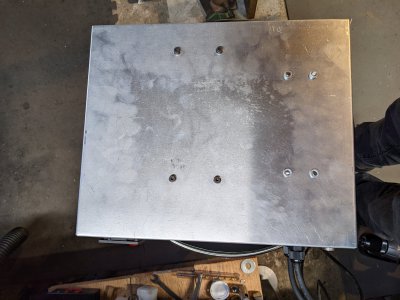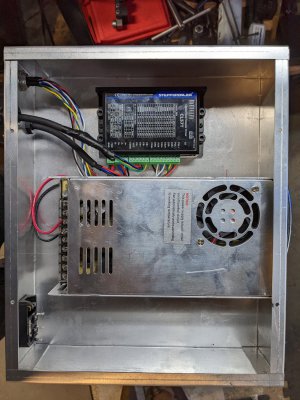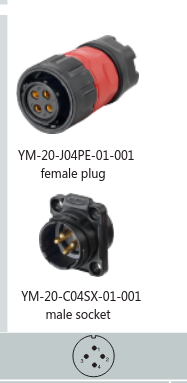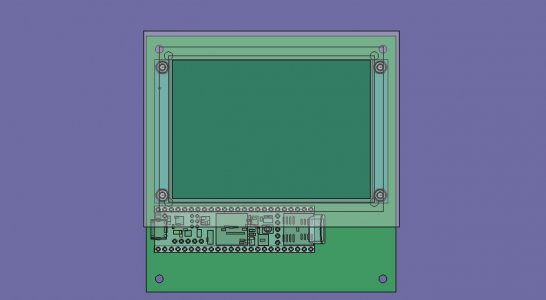Made a little progress today. Started wiring inside the motor control box. Installed the power supply on stand offs, using M4 screws through the control box, through the spacers into threaded holes in the power supply. Drilling the holes on the mill exposed one of my peeves with this small mill, limited Y travel. I ended up removing the accordion, to get the tiny bit extra travel I needed. I didn't do that for the power supply and I had to elongate the holes. Really irritated me. For the stepper driver, I just removed the accordion. The bracket for the accordion hits the DRO guard. Probably will make a replacement accordion that looks like a window shade. I do know that I will get back at least an inch of travel.
Installed some M5 PEM nuts using the arbor press on the outside of the box. I chose the PEM nuts so the stepper driver would be flush to the box. If they fail I will use rivnuts.


Been experimenting with lugs to figure out what color I needed to hold two 14AWG wires. The answer is yellow.
Tomorrow will wire up the mains and the ground. I need to install a power indicator, and install the fan covers, on on the back panel, and one on the cover. Probably use M4 rivnuts into the sheet metal for that. Have plenty of them now.
The power indicator is just a green LED that is connected to +48V, through a 4.7K 2W resistor. The LED needs a 6mm hole. Closest I have is a B drill, which is quite close, so that will have to do.
If I get decent connectors, I will replace the two cable glands on the box with those connectors. Things have been taking a while to ship, so its been frustrating. Still waiting on some heat shrink, so I can clean things up a bit.





